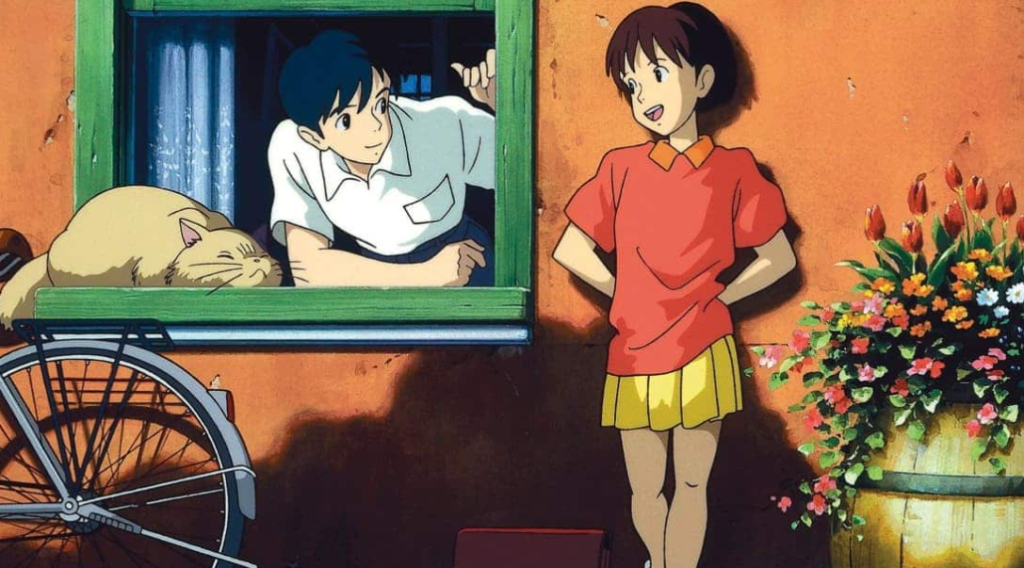Japanese anime has long been a global phenomenon that has been appreciated for its universal visual language, and beautiful and simple aesthetics. Its influence has been exemplary in the past few decades impacting fashion, film, literature, music and even contemporary art. Its distinct plot, captivating characters and visually appealing shots make it a soothing yet riveting artform. In this article we shall be delving into the design language and aesthetics of Japanese anime and what makes it so special?
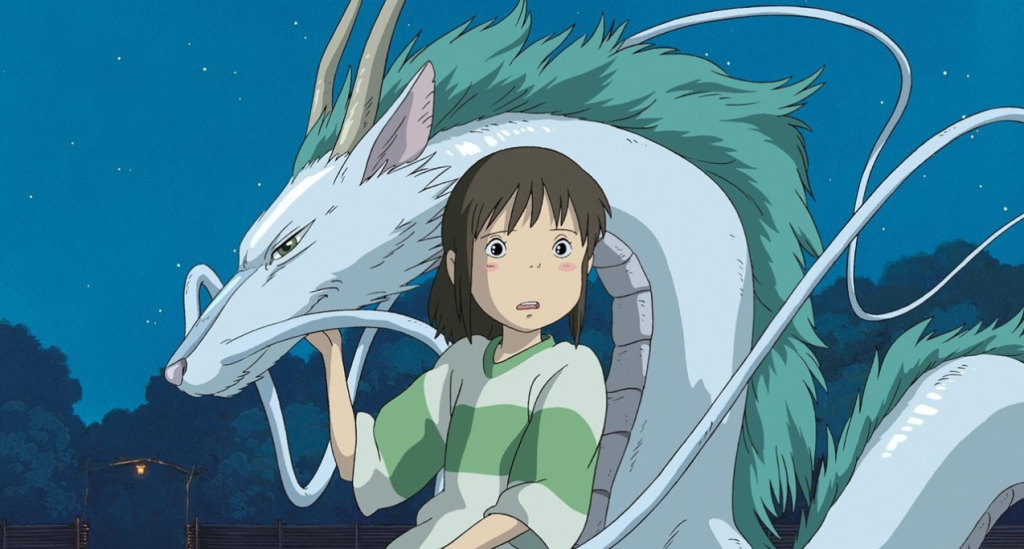
Evolution of Anime
Japanese Anime is heavily inspired by the Japanese manga stories and writings, these reflect Japanese mythology, histories and culture.
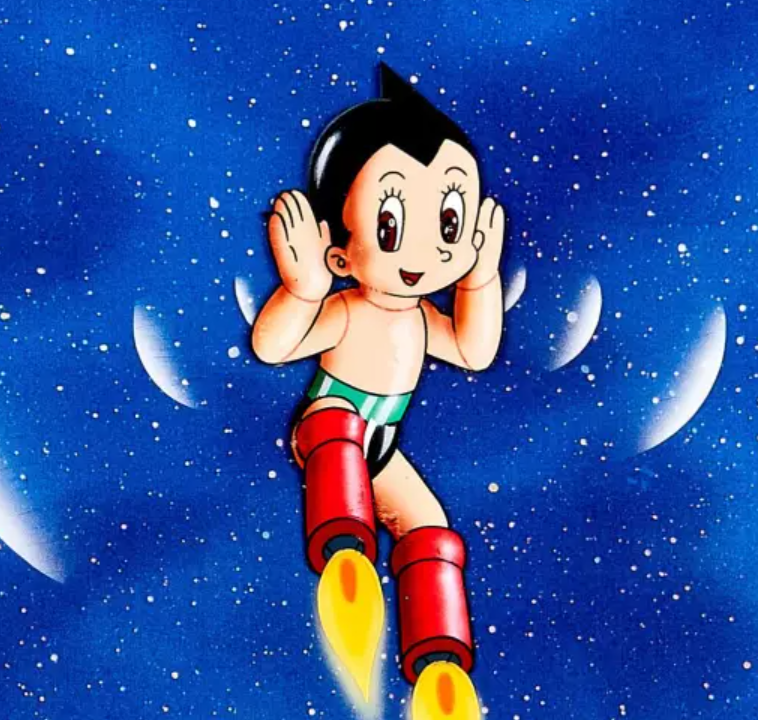
Anime had its beginnings post World War II, it was created as something that could be intimately enjoyed within the confines of one’s homes. Anime was also to a degree inspired by Walt Disney and his creations on the celluloid. Astro Boy which came on new years in 1963, was the first successful commercial animation in the country and eventually the world. It was inspired by a sci-fi manga called Osamu Tezuka’s ‘Mighty Atom’. In the series a scientist creates an asteroid boy with real human emotions who is going about living their life and how they perceive the world. An American sitcom by the name of ‘Small Wonder’ is said to be heavily inspired by this series, in which a scientist creates a robot figure that is meant to replicate a real human girl. The distinctive visual style that was represented in Astro Boy led to the development of anime from here onwards, Tezuka was regarded as the Godfather of Japanese Manga, he founded the Tezuka Productions in 1968 that resulted in many iconic anime creations called ‘Black Jack’, and ‘Kimba, the white lion’.
Japanese anime also showcased some scary and existential concepts that were earlier regarded as too scary for children in their productions, such as Shigeru Mizuki’s ‘GeGeGe no Kitaro’ which was aired in 1968. This series represented new elements within digital animation and advancement within that technology. Doraemon, the adorable and lovable character that captivates Indian children today, originated as a Japanese animation in the 1970s. Produced by Shin-Ei Animation studios, Doraemon played a pivotal role in transforming the landscape of Japanese animation. This cherished character holds the prestigious title of ‘anime ambassador,’ bestowed upon him in 2008, signifying his status as a cultural icon. Doraemon, a robotic cat, shares his adventures with his human friend Nobita, navigating through modern-day challenges using his advanced technologies and intellect. Each episode unfolds a new escapade, showcasing how Doraemon confronts and overcomes the hurdles thrown his way in contemporary life on Earth.
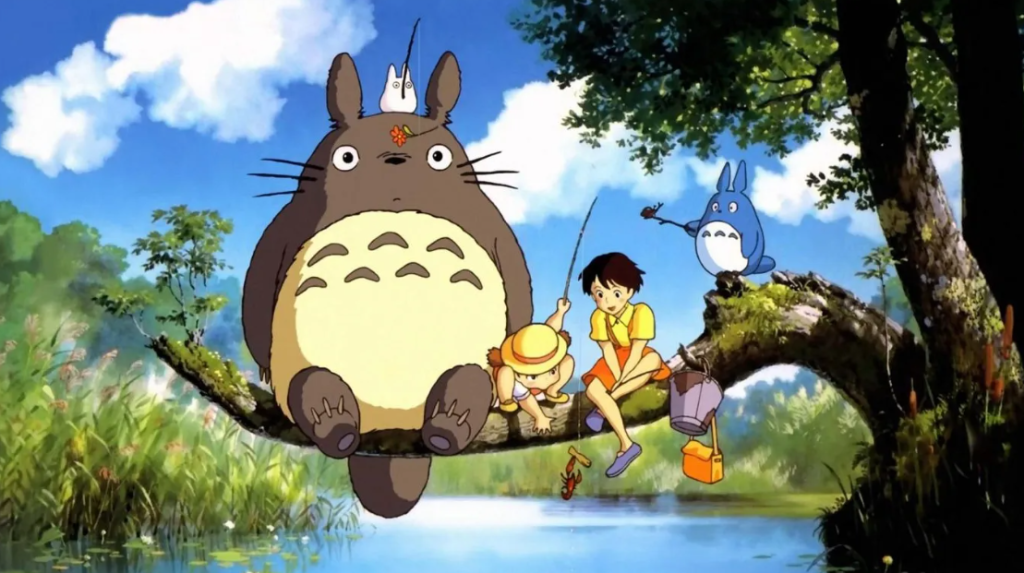
The 1980s is hailed as the ‘Golden Age’ for Japanese anime, largely shaped by the significant contributions of the recently established Studio Ghibli. This era saw the creation of masterpieces such as ‘My Neighbor Totoro’ and ‘Kiki’s Delivery Service,’ which revolutionised the visual aesthetics and storytelling approach of anime. Established in 1985 by visionaries Hayao Miyazaki, Isao Takahata, and Toshi Suzuki, Studio Ghibli breathed new life and infused renewed confidence into the anime sector of the entertainment industry. Their productions became iconic, leaving an indelible mark on the art and narrative of anime.
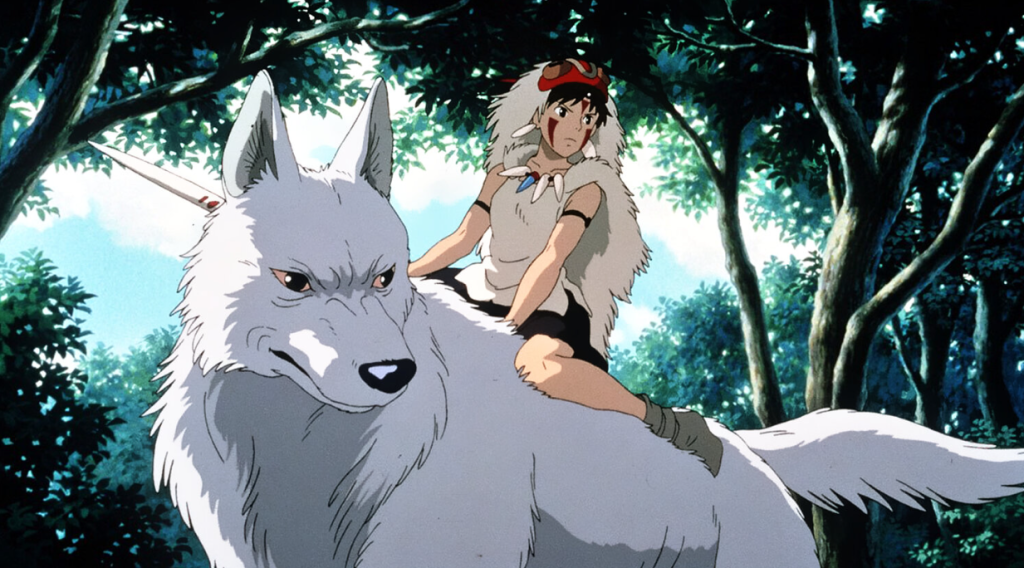
The 1990s saw great innovation and experimentation within the anime diaspora, notable highlights to mention are: Neon Genesis Evangelion, known for its psychological depth; Cowboy Bebop, a space western with stylish animation; and Princess Mononoke, a Studio Ghibli film acclaimed for its environmental themes. Other significant releases include the psychological thriller Perfect Blue by Satoshi Kon, the enduring Dragon Ball Z, and the magical girl anime Cardcaptor Sakura. Themes of sports were also tackled in the 1990s, with anime such as Dragonball and Slam Dunk that represented the skill sets. We all have in some way grown up watching the DragonBall series and were exposed to the world of Japanese anime for the first time while watching it. Dragon Ball was adapted from the 1986 manga, which in turn was inspired by the 16th century Chinese novel Journey to the West.
Anime Genres
There are various genres and subgenres within the vast domain of Japanese Anime or animation, there is the mecha genre that is more philosophical in nature and asks deeper questions about life and our place in it as humans. Then there is the world of magical girls as seen in Sailor Moon and Cardcaptor Sakura, anime spanning science fiction, fantasy, romance, horror, and slice-of-life genres. Shonen anime like Dragon Ball Z and One Piece targets a male demographic with action-packed adventures and sports oriented as discussed before. While shojo anime like Fruits Basket and Ouran HighSchool Host Club focus on relationships and emotional narratives. Seinen and josei genres cater to adult audiences, offering more mature and complex themes. Additionally, the isekai genre, where characters are transported to alternate worlds, gained prominence with series like Sword Art Online and Re:Zero. Anime is a versatile artform, with a variety of anime genres that allows great experimentation and inclusive space for all to watch and feel accepted with a wide range of storytelling styles and themes.
Pokemania
One animation that became the most popular in the world of Japanese Animation was and will be Pokemon. The series that focuses on catching pocket pokemons (monsters) that each have a unique power will always be a mass favourite that grew out of its cute adventure genre. The anime was launched in 1996 by Nintendo as Pokemon Red and Pokemon Green. Within a year, they released cards and started shelling out episode per episode in its empire, which is called Pokemania. It became one of the world’s most popular media franchises that had taken over the world with people in the 21st century playing online e-games of it, big star studded movies being made on it, etc. It had developed a staggering net worth of over US$100 Billion with its fan base ever exceeding in its 25 years of existence.
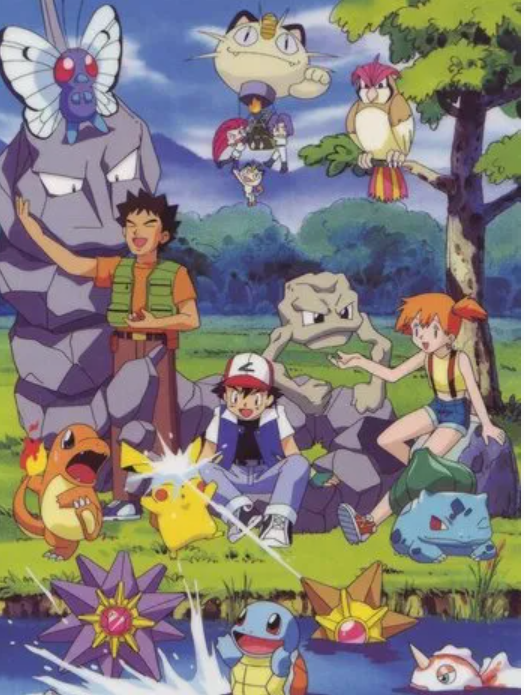
Anime Showcases Japanese Culture
Anime is a potent tool to also showcase Japanese culture, mythology, history, geography, etc . They present narratives that have a universal connection and also immediate personal connectedness with individual audiences. It presents to us a piece of Japanese culture with storytelling methods such as ‘monomyth’ and ‘kishotenketsu’, their ideals of work, passion, beauty, life and way of living is often reflected in their character’s arc and scripts. The minimalistic style and the art of simple living is often reflective in Japanese anime, the concept of wabi-sabi as you may have it.
Aesthetics of Anime
In terms of its graphic style and design language, the anime shows great emphasis on thin lines, shaded figures, exaggerated portions, 2Desque characters, subtle expressions, etc. This only reflects on the simplistic viewpoint of Japanese culture, elegance and attention to pure detail.
We have discussed its origins in Japanese manga. It specifically comes from the Japanese art of Ukiyo-e which is a form of woodblock printing. The same woodblock printings are reflected in many manga scriptures and artists’ paintings (also inspired by manga writings).
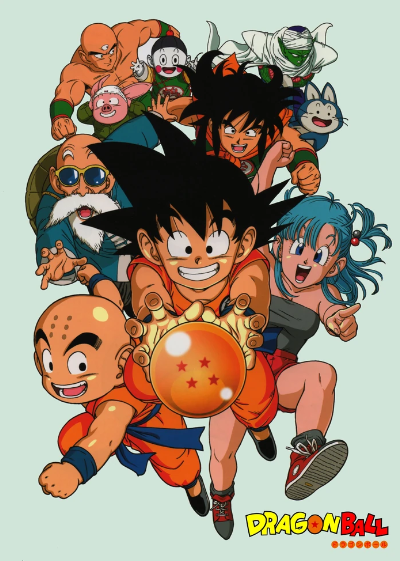
In Japanese anime, you would often spot great relevance being provided to Japanese traditions and attire and their tangible and intangible practices. For example: the backdrop of spirited away showcases the art and architecture of Japan as well as the natural world. The makers of Japanese anime are heavily inspired by what they see around them and make sure to depict the same with much matriculation and detailed manner. Overall, the aesthetics of Japanese anime exemplifies the Japanese culture for the world to learn and be inspired from. The characters in Japanese anime also signify the cultural image and values of an ideal Japanese person. While rendering the animated individual in Japanese anime, big eyes are often made as they signify purity and are also adorable to look at. One can learn so much about a culture through its visual representation, it is a powerful tool to inspire and tell the tale of a small nation.
Anime reflects Japanese beauty standards and other ideals which can be written about separately in another article. However, it serves as a great medium for communication, storytelling and attractive artistry resulting in a vast fan-following and an engaging and robust history and industry.

